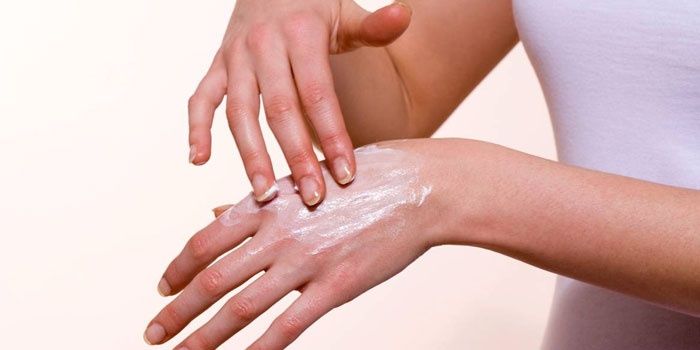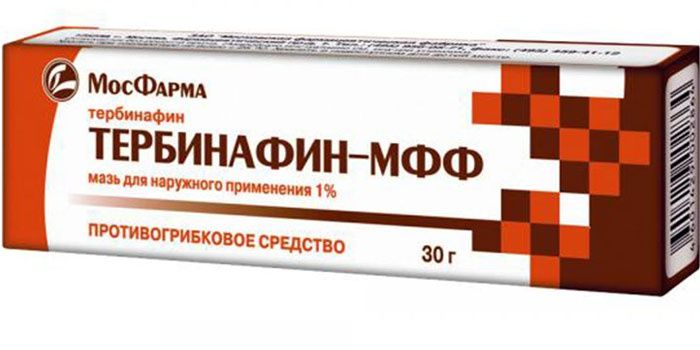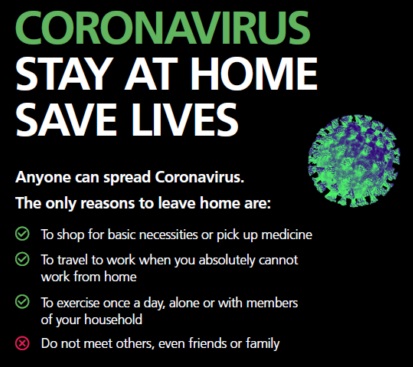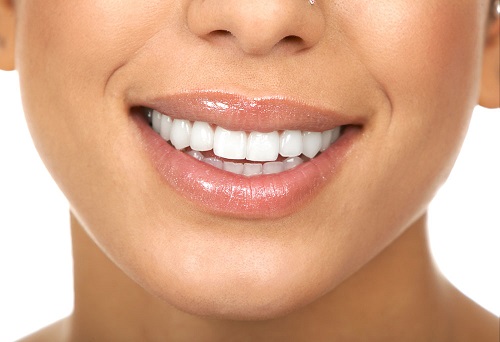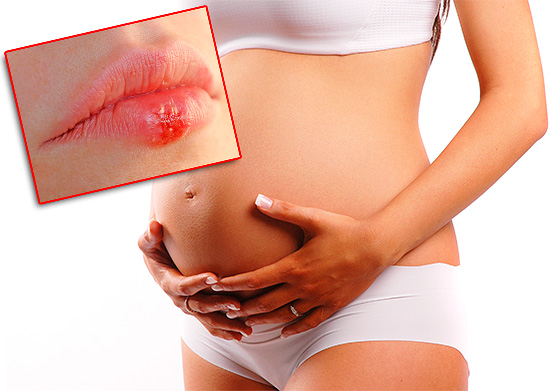Content
- Why finger fungus arises
- How does the fungus appear on the skin of the hands
- How to treat fungus on the hands
If vesicles and peeling appear on the hands, which causes a burning sensation, itching, this may indicate the presence of skin fungus. This contagious disease is caused by pathogenic dermatophytes. There are different ways to cure a fungus on your hands..
Why finger fungus arises
One of the most common skin diseases caused by pathogens is the fungus on the fingers. This disease is also called mycosis. Any person can become a victim of the disease, regardless of age and social status, because the fungus is able to live in public transport, a gym, in a sauna, etc. The virus begins to activate with weakened immunity. The fungus can progress at elevated air temperatures, with profuse sweating or with small mechanical influences. Often the disease on the hands occurs due to:
- long-term use of antibiotics;
- weakened immunity;
- previous chemotherapy;
- diabetes
- severe stress;
- malfunction of the endocrine system;
- nail injuries.
How does the fungus appear on the skin of the hands
Mycosis is an infectious contagious disease. At the very beginning, the fungus begins to appear on the palms, then goes on to the nails. Then the virus destroys the surface layer of the skin, the fingers become covered with a purulent rash, cracks, and begin to peel off. The first signal for the appearance of fungus on the fingers can be skin itching after taking a shower, as well as a change in the color of the nail plate.
Hand skin filamentous fungus
Sporotrichosis is a skin infection caused by sporotrix or filamentous fungus. Gardeners, flower growers, and rural workers are at risk of contracting such an ailment. The virus enters the human body through wounds, microcracks, scratches, and inhalation of air. The fungus is transmitted both from humans and from infected animals. Symptoms of sporotrichosis on the fingers are as follows:
- nail plates lose their luster and transparency due to the multiplication of fungal colonies in nail gaps;
- the color of the nails becomes dirty gray, white, yellow or brown;
- cracks in the fingers appear;
- nails exfoliate, become very brittle;
- partial lag of the plate is observed.
Candidiasis on the hands
On the human body there are constantly natural saprophytes or yeast species of the candida genus. When a violation occurs in the body, they become parasitic. This is often associated with vitamin deficiency, impaired carbohydrate absorption, abuse of sweets, taking antibiotics, and close contact with rotten fruits. This disease affects women whose work is associated with high humidity (laundresses, cleaners, cooks, dishwashers.)
What does a fungus look like on hands with candidiasis? This type of disease is manifested by bright red edematous lesions with papules. The area near the nail (the roller) and the nail plate itself are mainly affected. In the center of the infected area is a smooth and shiny erosion, which has a whitish coating. As a rule, this inflammatory process does not extend beyond the lateral surfaces of the fingers.
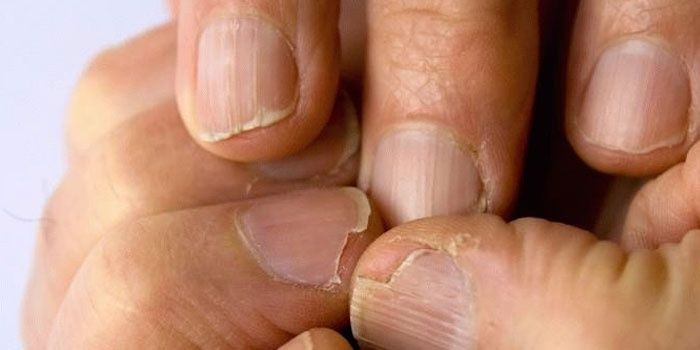
Yeast mycosis of the skin of the hands
A fungal disease can affect the nails, fingers, palms, interdigital folds. Such a dermatological ailment can occur in people of different ages. With yeast mycosis, the symptoms of manifestation are similar to eczema or psoriasis, therefore, for a correct diagnosis and further effective treatment, you must visit a doctor. The main signs of infection with yeast mycosis:
- the area between the fingers is very flaky;
- the occurrence of suppuration of the nail;
- prolonged itching;
- dry skin of the hands;
- redness of the lesions on the fingers;
- the appearance of vesicles, the formation of keratinization between the fingers.
How to treat fungus on the hands
Mycosis is an unpleasant disease that does not look very aesthetically pleasing. Treating an ailment is a long process that will require special patience. At the first symptoms and to determine the cause of the appearance of the fungus on the fingers, you should definitely visit a dermatologist who will select the necessary medicines for sure. The main methods of treating a fungal infection:
- for moderate fungus, ointments, lotions, sprays, gels are used;
- the use of tablets;
- laser therapy;
- with recurrent and severe forms of infection, the nail is removed surgically;
- if a bacterial infection has joined, antibiotics are prescribed.
The rules of treatment:
- adults need to get rid of bad habits;
- discontinuation of antibiotics;
- with obesity, it is important to lose extra pounds;
- the exclusion of complex carbohydrates from the diet.
Fungus ointment on the hands
A universal remedy for the treatment of mycosis does not exist. Different types of fungi can react differently to the same drug. It is almost impossible to get rid of the infection on your own, therefore, at the first signs of the development of the disease, you need to contact a specialist and follow his instructions exactly. All funds for the treatment of fungus can be combined in 2 groups:
- General-purpose drugs. The fungus that affects the hands is able to penetrate the human body through the nail roller and, together with the blood, spread throughout the body. Therefore, it is necessary to include the following drugs in the treatment:
- Terbinafine;
- Griseofulfin;
- Fluconazole;
- Ketoconazole.
- Local medicines. This includes ointments, varnishes, gels, plasters. The same group includes alternative methods of treatment. The use of topical drugs is an additional way to fight infection, because he will not completely rid you of the fungus. Therefore, the doctor can prescribe them only in combination with the first group of drugs. Local treatment consists in treating the affected area of the arm with the following means:
- Econazole;
- Clotrimazole (Imidil, Kanizon, Amiklon, etc.);
- Miconazole;
- Naphthyne;
- Amorolfine.
Systemic treatment of hand skin fungus
Drug systemic therapy is prescribed for multiple lesions of the skin of the hands and in the absence of the effect of local treatment, and only the doctor chooses how to treat the fungus on the hands. Treatment of fungal infections with injectable and tableted drugs is used for severe and moderate course of the disease, while only with the constant supervision of a specialist. There are 2 groups of tablet antimycotic drugs:
- Azoles. Represented by Fluconazole, Intraconazole (Orungal), Ketocornazole. These drugs can be cured in 2 weeks..
- Allylamines. Submitted by Naftifin and Terbinafine (Lamisil). These agents inhibit the synthesis of ergosterol, from which fungi build cell walls..
How to treat hand fungus folk remedies
In addition to traditional medicine, there are alternative methods of treating the fungus. Pine tincture is an excellent assistant in the fight against the disease. To use it you will need:
- pour 100 g of cones 250 ml of medical alcohol;
- insist a mixture of 15 days;
- then tincture should be filtered and lubricated with it affected areas for a month.
An ointment of activated carbon and calendula helps well with fungus on the fingers. To prepare it you will need:
- pass a few cloves of garlic through a press;
- crush 10 tablets of activated carbon;
- Grind 20 g of calendula flowers into gruel;
- mix everything and add 100 g of any fat;
- the resulting ointment should be applied at night, wearing cotton gloves;
- wash your hands with soap in the morning.
When a fungus was discovered between my fingers, the doctor prescribed to drink special pills and Mikozan. Such treatment turned out to be effective, by the end of the third week it gave good results. Gradually, itching and peeling on the hands went away. After 2 months, there was no trace of the disease. On the advice of a dermatologist, I try to stick to a diet.
Katya, 37 years old
In one of the photos on the Internet, I saw that the fungus on the fingers can appear as a red rash and bubbles. I just got small blisters on my arm. I turned to a dermatologist for help. He advised me to take all the tests. They determined that I have candidiasis. The doctor prescribed pills and Clotrimazole ointment. After 1.5 months, the fungus on the hands passed.
Olga, 25 years old
I often clean the apartment, my floors without gloves. Recently I discovered that my fingers began to itch a lot, peel off, and my skin cracked. I went to the doctor for help. He prescribed me treatment: drink vitamins, use the antifungal cream Econazole. The fungus on the hands passed in a month. In addition to the prescribed treatment, I excluded sweet and fried from the diet.






